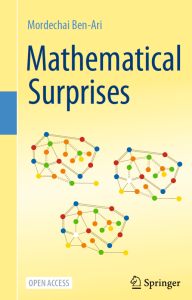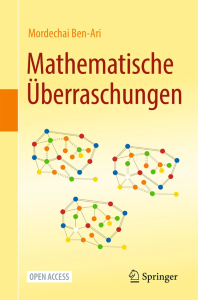Moti Ben-Ari
For centuries people learned mathematics by studying Euclid’s Elements. A focus of the Elements is on the construction of geometric figures using a straightedge (a ruler with no markings) and a compass. The Elements gives constructions of regular polygons with n = 3, 4, 5, 15 sides (and some polygons with powers of 2 times those numbers), but not until two thousand years later was the construction of another regular polygon discovered. In 1796 Carl Friedrich Gauss awoke one morning just before his 19th birthday, and by “concentrated thought” discovered that a regular heptadecagon (a regular polygon with 17 sides) is constructible. The ideas of Gauss, who showed the constructability of regular polygons without giving any geometric construction, have been essential for the birth of fields of modern mathematics like algebraic geometry and algebraic topology. This article highlights important steps in this fascinating history. Mordechai (Moti) Ben-Ari is Prof. (Emeritus) at the Weizmann Institute of Science and the author of the book “Mathematical Surprises”, Springer. https://www.weizmann.ac.il/sci-tea/benari/ Here is a link to the pdf of the article.


